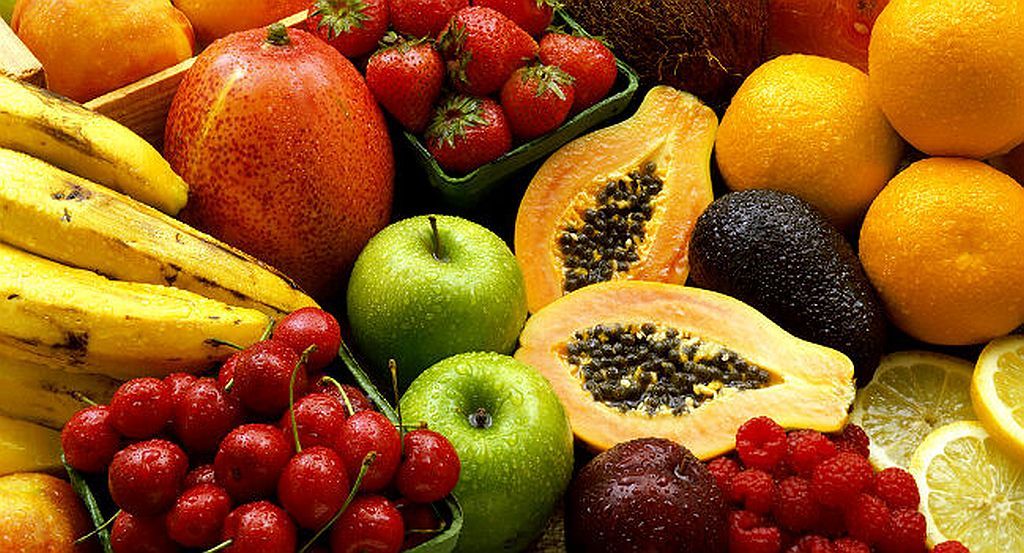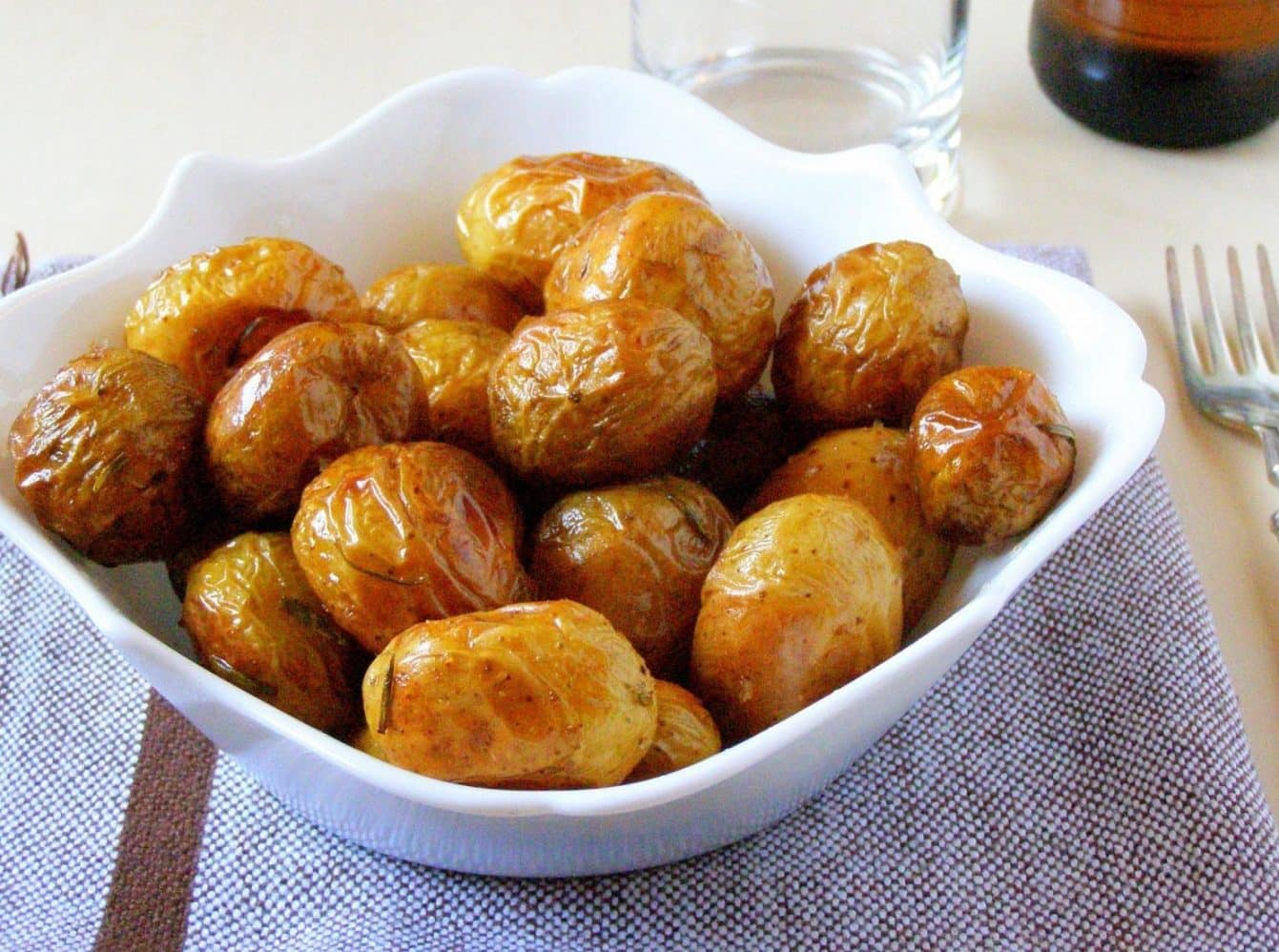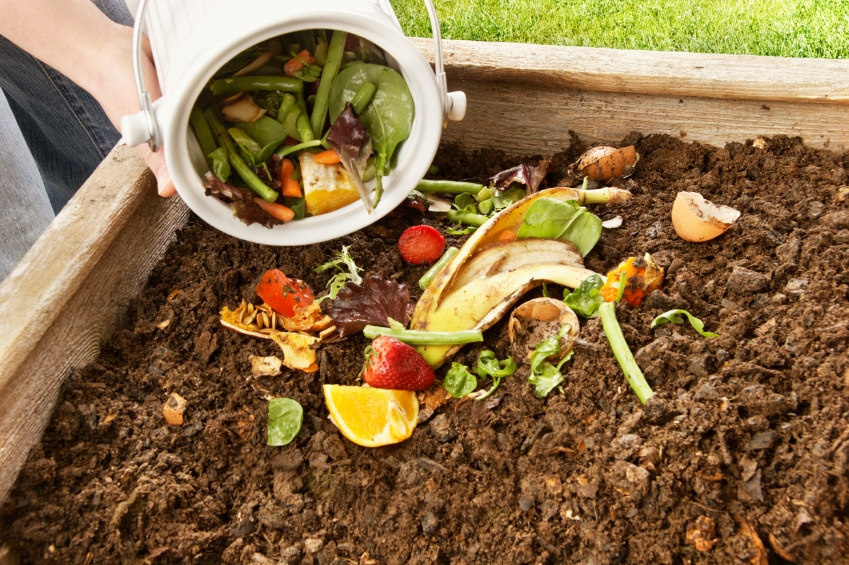Food peels have several health benefits and can be reused in delicious recipes. Know more about.
Tons of waste are produced around the world every day and when we talk about sustainability, we also talk about reusing various products that we discard. Food peels, seeds and stalks, for example, go to waste when they can be reused in our food and still provide several benefits for health and the planet.
The habit of peeling food and discarding these peels is very common, but this is where most of the nutrients in fruits and vegetables are present. The peels and seeds have more fiber than the pulp of the food itself and this nutrient is essential for good gastrointestinal function.
The skin of a cooked potato, for example, contains 175% more vitamin C, 115% more potassium and 110% more magnesium and phosphorus than its pulp. Furthermore, antioxidant levels can be 300 times higher in the skin of the food. Therefore, the peels can help control blood sugar levels, lower cholesterol, have an anti-inflammatory effect, among other benefits. So, find out more about the advantages of reusing them in your food.
Benefits of Food Peels

Rich in nutrients
As we said previously, the levels of nutrients present in food skins can be much higher than those present in the pulp. Generally, these nutrients and their levels depend on the type of vegetable, so we brought you some examples.
Orange peel is rich in vitamin C, which is an excellent antioxidant. The same occurs with pineapple peel, which also contains the enzyme bromelain, which helps the digestion of proteins. Carrot peel has a large amount of vitamin A and beta-carotene, substances responsible for maintaining skin and eye health.
Just like carrot peel, pumpkin peel contains beta-carotene and vitamins A, which are important against the risk of cancer and cardiovascular disease. It also contains vitamin C and potassium. Furthermore, its seeds are rich in zinc, magnesium, iron, potassium and omega 3, which fight inflammation and prevent cardiovascular diseases.
It is no different with vegetable stalks and leaves when we talk about the high amount of nutrients. Broccoli, cauliflower, watercress and kale, for example, are rich in calcium and magnesium, which are very important for the health of teeth and bones.
And if you want a food that provides well-being, know that banana peel is great. This is because it is rich in tryptophan, a component of the hormone serotonin, which causes the sensation of pleasure.
Provides satiety

Another benefit of food peels is to help reduce hunger. This occurs because the peels contain a high fiber content, which lengthens the stomach and slows down the speed at which this organ is emptied. Furthermore, fiber also acts to release satiety hormones in the body.
Another important factor involving fiber is that it also serves as food for probiotics, friendly bacteria that live in the intestine. These bacteria, when fed by fiber, produce fatty acids that further increase satiety.
Therefore, if you would like to lose weight, consuming food peels can be a great alternative as it reduces hunger and makes you feel full for longer.
Helps in disease prevention

With so many nutrients, it is no surprise that food peels can help fight diseases. The antioxidants present in these foods are one of the main substances that help prevent diseases. This is because they act against free radicals, which cause oxidative stress, damaging cells and increasing the risk of disease.
These antioxidants are associated with a decreased risk of heart disease, some types of cancer, and even neurological diseases such as Alzheimer’s disease.
How to use food peels
Now that you know the benefits that food peels can provide, you must certainly be thinking about how to reuse these peels. That’s why we brought you the best options so you don’t waste anything.
Do not peel food

The simplest way to use the peels is by not peeling the food. Most vegetables and fruits can be consumed and prepared with the peel, such as carrots, potatoes, apples, zucchini. Therefore, this most obvious option is a very simple alternative to enjoy the benefits of food peels.
The recommendation, however, is that these foods are very well sanitized to remove any residue that may be present on the skin. Also use a brush and running water to make this work easier.
Reuse food peels

Another option for reusing these peels is to save them after peeling the fruits and vegetables. You can even store the peels, seeds and stalks in the refrigerator with “ziploc” type packaging and use them on a daily basis.
It is possible to prepare a variety of teas and juices that can be served hot or iced. Peels such as orange and lemon can be used in cakes. To do this, clean them very well, removing the white part of the fruit so that there is no bitter taste. Vegetable and fruit stalks are also great for preparing juices, just store them chopped in the freezer to make centrifuging easier.
Banana and passion fruit peels, for example, can be dehydrated in the oven and subsequently processed. This way, you can use the flour from these fruits in smoothies, juices and fruit salads.
Thicker peels, like vegetable peels, are great for making chips. To do this, simply season with olive oil, salt and spices to your liking and let it bake until crispy. Furthermore, these peels can be used to prepare delicious vegetable broths. Therefore, instead of discarding them after peeling the vegetables, store them in the freezer. Once you have a good amount of peels, cook them with your preferred seasonings.
Composting food peels

For those who like to grow plants, composting is a great alternative to reusing food peels. Therefore, use them in compost bins to make fertilizer for your plants and reduce the amount of waste generated in your home.
However, if you don’t have plants in your home, know that there are many community garden programs that accept donations of organic waste to make fertilizer. So, look for these initiatives near you and do your part in reducing waste on the planet.
Which peels to use and precautions you should take
Despite being very beneficial, some peels are more difficult to consume. One of the reasons is the amount of pesticides that are poured onto fruits and vegetables during their cultivation and that are present in the peels. Washing foods well can help reduce or eliminate the excessive amount of pesticides in these foods, but often the only solution is to peel them.
Another reason is that some fruits have skins with a very hard texture, which makes them difficult to chew and digest. Furthermore, they can have a very bitter taste and it is impossible to consume them raw. Pumpkin peels, for example, are best eaten after cooking. See below which peels are edible and which are unsafe to eat.
Edible peels
- Litter
- Banana
- Carrot
- Potato
- cucumbers
- Asparagus
- Citrus fruits
- Damascus
- Cherry
- Eggplant
- Uva
- Peach
- Kiwi
- Pea
- Pepper
- Zucchini
- Pumpkin
- Plum
- Pera
Inedible
Sources: eCycle My Health LivUp
Images: Greenco Oil Women’s Tips Pinterest Cucchiaio pieno My Health EcoInforme

Sign up for our newsletter and stay up to date with exclusive news
that can transform your routine!
Warning: Undefined array key "title" in /home/storelat/public_html/wp-content/plugins/link-whisper-premium/templates/frontend/related-posts.php on line 12
Warning: Undefined array key "title_tag" in /home/storelat/public_html/wp-content/plugins/link-whisper-premium/templates/frontend/related-posts.php on line 13




